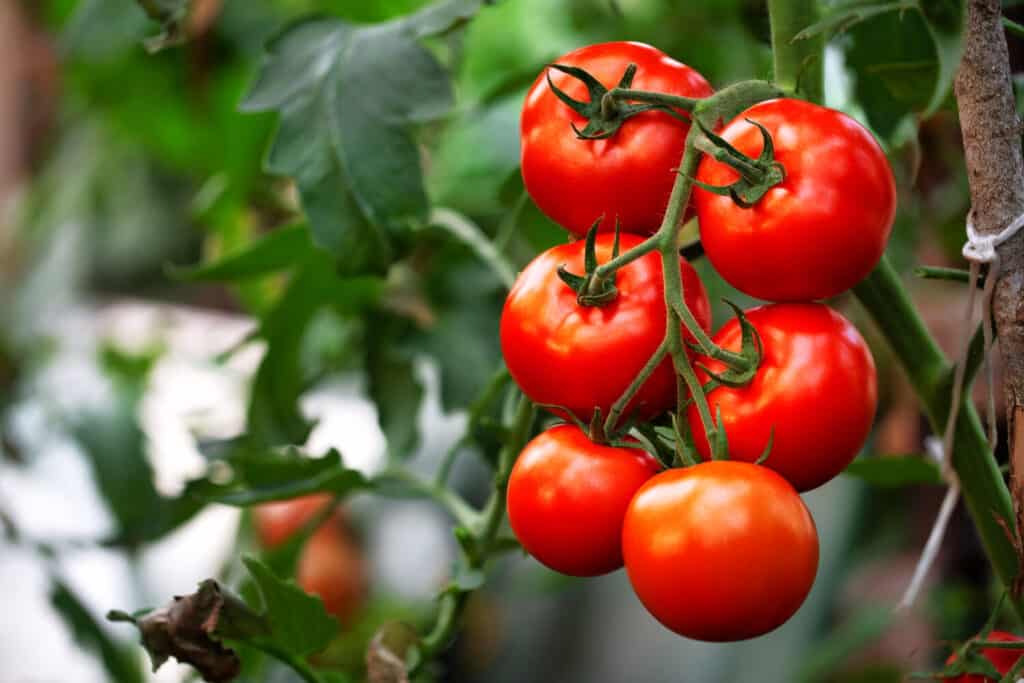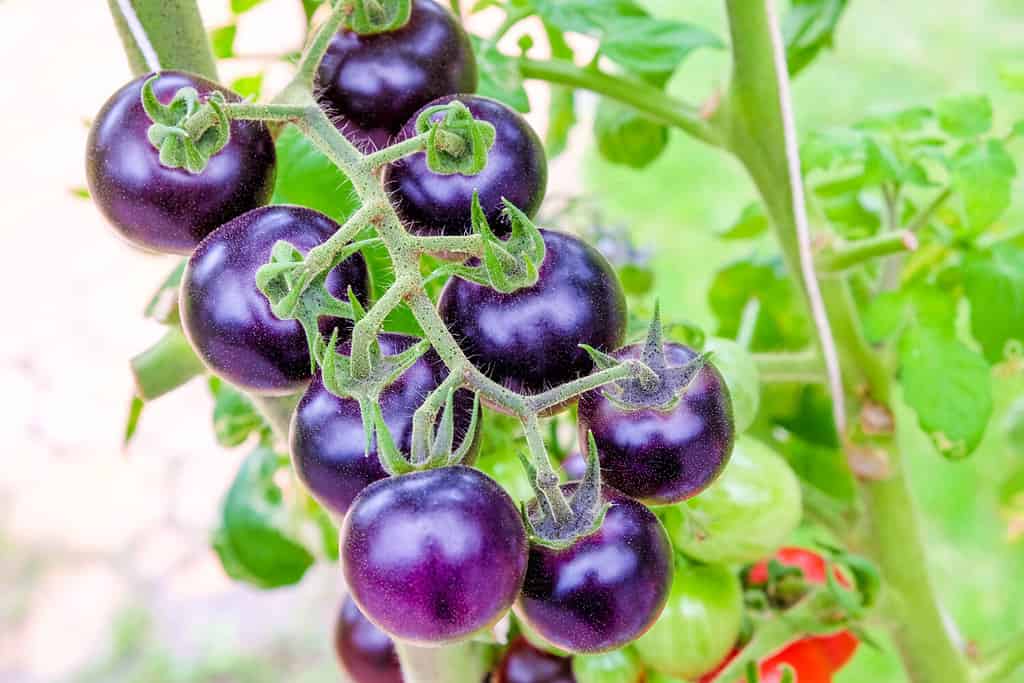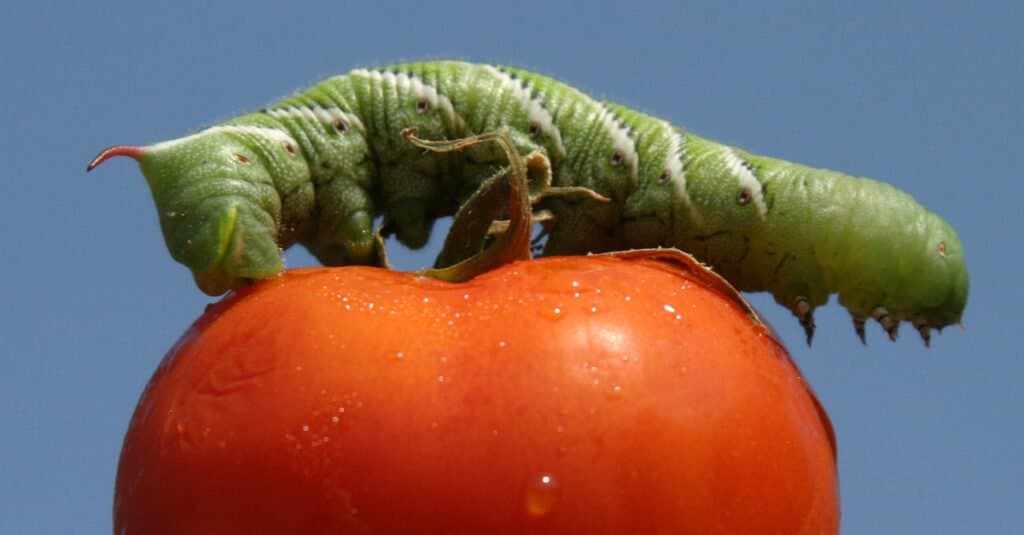When planting season arrives in Alabama, most gardeners can’t wait to get their tomatoes in the ground. It is one of the most popular vegetables to plant in this southern state. However, growing tomatoes in Alabama does require a few special considerations. We want to help you have your most successful tomato harvest ever, so we gathered a guide on growing tomatoes in Alabama.
Let’s dive in.
What Is a Tomato?
Whether you have grown tomatoes for years or this is your first gardening attempt, you are likely reaching for those tomato starts or seeds. And that is completely understandable. This tasty vegetable is incredibly versatile and is relatively easy to grow, even for beginners. But why are tomatoes so popular? And where did they come from?
There are no over 10,000 varieties of tomatoes, so it may be hard to imagine that the plant had more humble beginnings. Tomatoes used to grow wild in the Andes mountains. Local indigenous tribes started cultivating them, and their resulting plants traveled north into Mexico over time. That is where the Spanish discovered them in the 16th century. Those explorers brought seeds home, and the plant eventually ended up in Italy.
As Europeans returned to the Americas, they brought tomato seeds back with them. The tasty food slowly grew in popularity throughout the colonies.
Botanically speaking, tomatoes are considered a fruit. However, they typically get treated like a vegetable for culinary purposes. And interestingly enough, the U.S. Supreme Court decided they were a vegetable in an 1893 case – Nix v. Hedden.

Botanically speaking, tomatoes are considered a fruit. However, they typically get treated like a vegetable for culinary purposes.
©eugenegurkov/Shutterstock.com
Growing Tomatoes in Alabama: Know Your Zone
The USDA Hardiness Zone map is very handy for Alabama gardeners. This easy-to-use system breaks the United States into growing regions based on their average minimum winter temperature. There are 13 zones, split into 10-degree differences. Each zone gets further broken down into 5-degree sub-regions.
Alabama has three different growing zones: 7, 8, and 9. Knowing which growing zone you live in will help you select the tomato varieties likely to thrive in your local climate. The interactive map is easy to use. Simply plug your zip code into their system to discover your zone!
Growing Tomatoes in Alabama: Watch the Weather
One of the keys to successfully growing tomatoes in Alabama is to pay close attention to the weather. It is vital to plant them either earlier in the spring or later in the summer. These planting windows will ensure you miss the bulk of the summer heat. Tomatoes do not thrive in high heat, and they especially don’t like humidity.
The other factor to consider is rain. Too much rain too quickly will cause your ripening tomatoes to split. When this first happens, it is just unsightly and won’t damage the tomato. However, if you leave those split tomatoes on the plant, you risk attracting diseases and pests. So watch your forecast closely. When significant rainstorms are forecasted, harvest your tomatoes early. Even those that are underripe since they can continue ripening indoors.
Growing Tomatoes in Alabama: Tips for Planting
Tomatoes love warm weather and a sunny spot. So plant them in an area that receives at least six hours of direct sunlight daily. Place them in an area with well-draining, nutrient-rich soil. Consider mulching heavily around the base and bottom watering. Doing so will help prevent weeds and reduce the risk of splashback from water (which may move diseases from the soil onto the plants).
Sow your seeds or plant your transplants in early spring as soon as the soil can get worked. Waiting too long will mean you bump up against the height of Alabama summer. And humidity is not a friend for your tomatoes. Later planting will result in a shortened harvest window and may stunt the growth of your tomato plants. But if you miss that window, don’t despair! The growing season in Alabama is long enough that you can get away with a late summer planting for a fall harvest.
Select varieties that are resistant to common tomato diseases for the best chance at a successful harvest.

Consider planting one of many delicious heirloom tomato varieties in your Alabama garden.
©Nattapol_Sritongcom/Shutterstock.com
Tomato Diseases
Tomato plants need plenty of room for air to circulate. When moisture collects on the leaves, it invites disease. So, resist the urge to place them closer together to boost production. Your plants will actually fare better and produce more fruit if you set them further apart. Tomatoes often suffer from many diseases, including blight, verticillium wilt, and blossom end rot.
You can take preventative measures and select disease-resistant varieties. However, these delicate plants may succumb no matter what you do. So, planting tomatoes in the spring and late summer in Alabama is advantageous. That way, you can extend your harvest a little longer.
Tomato Pests
Tomato plants are also prone to pest problems. A few of the most common pests on tomatoes in Alabama include hornworms, armyworms, stinkbugs, and fruit worms. Inspect your plants daily for evidence of one of these intruders. You can scoop existing pests into a dish of soapy water to kill them. Then, treat your plants with neem oil or insecticidal soap to prevent future pest issues.

A few of the most common pests on tomatoes in Alabama include hornworms, armyworms, stinkbugs, and fruit worms.
©mikeledray/Shutterstock.com
The photo featured at the top of this post is © Shannon Birchler/Shutterstock.com
Thank you for reading! Have some feedback for us? Contact the AZ Animals editorial team.







